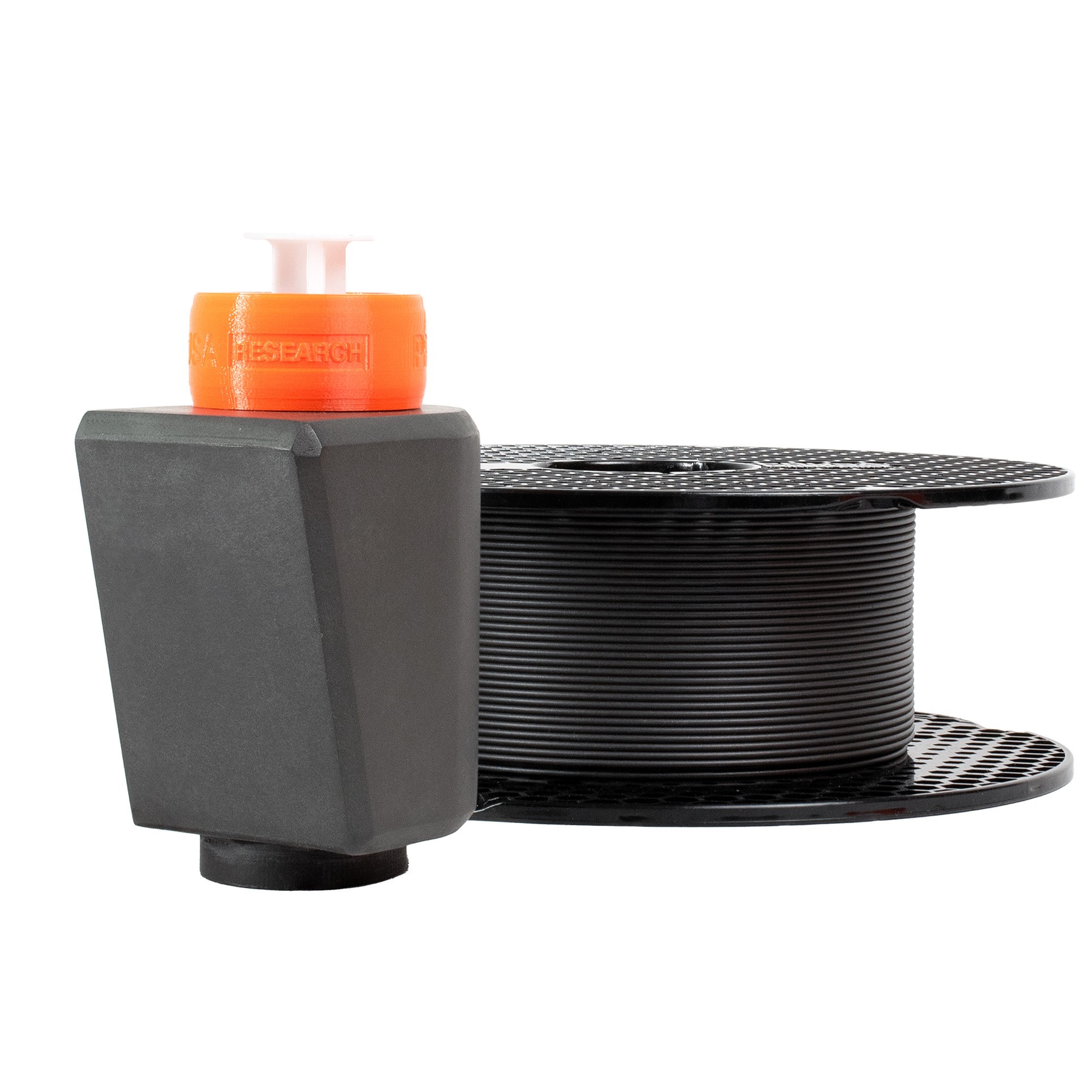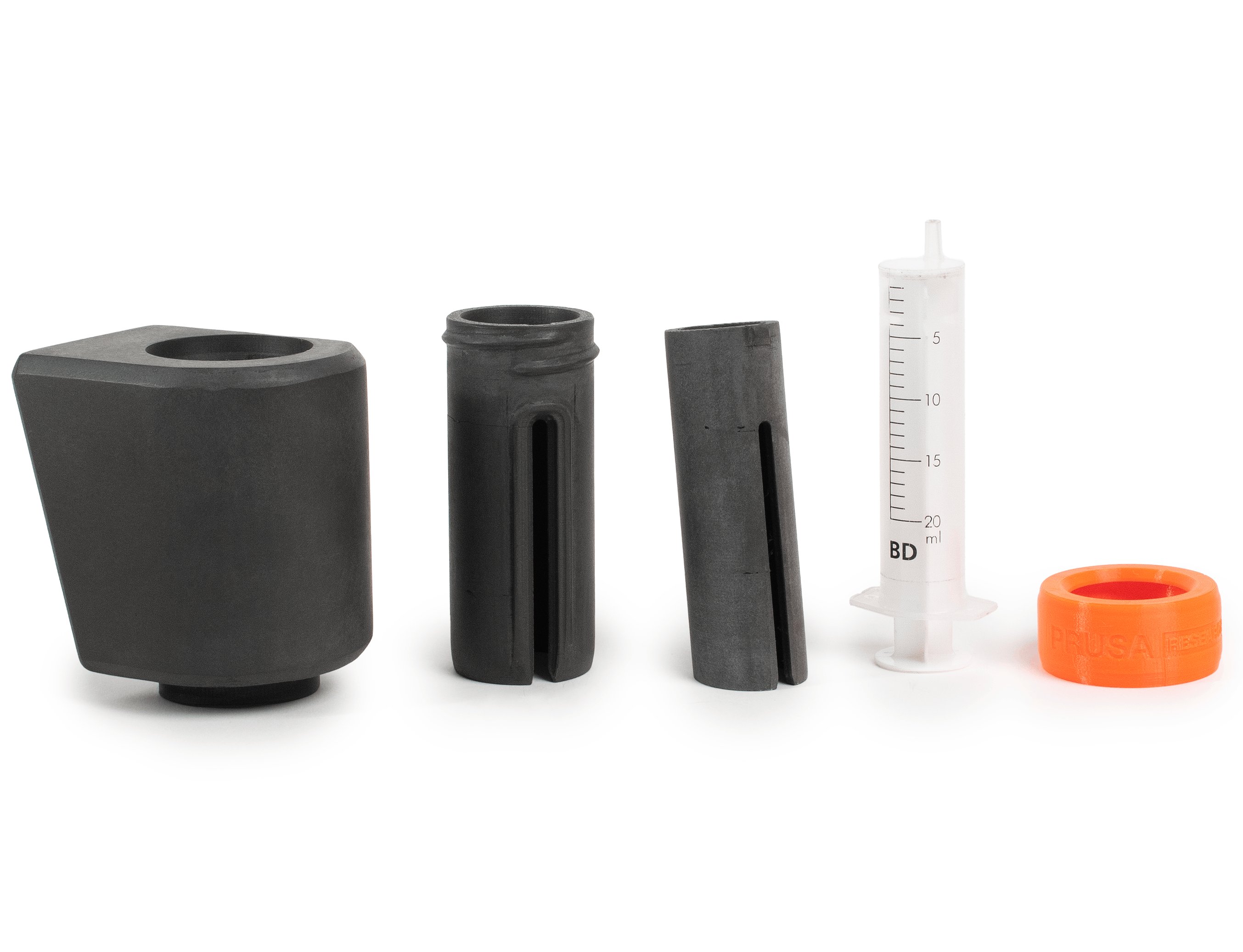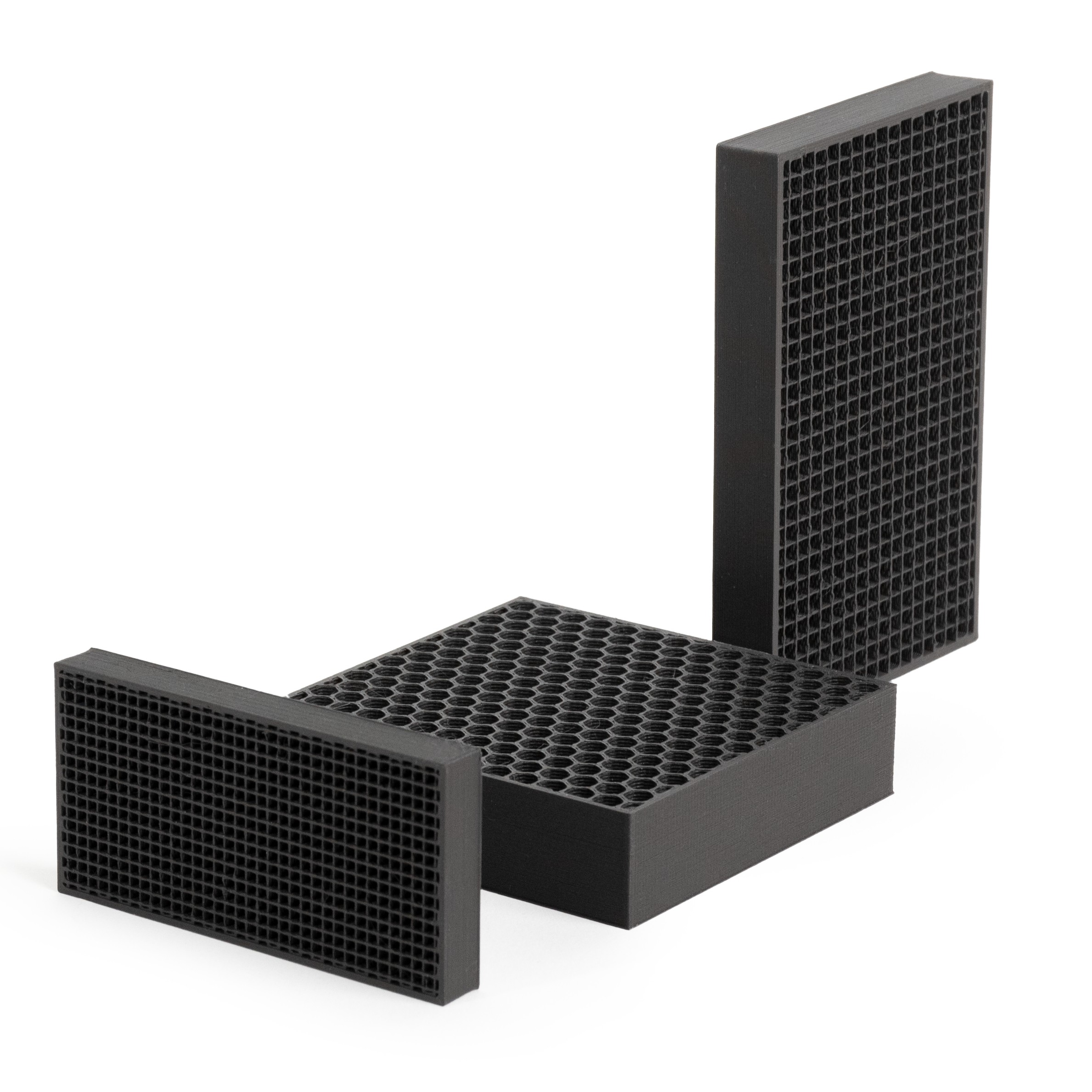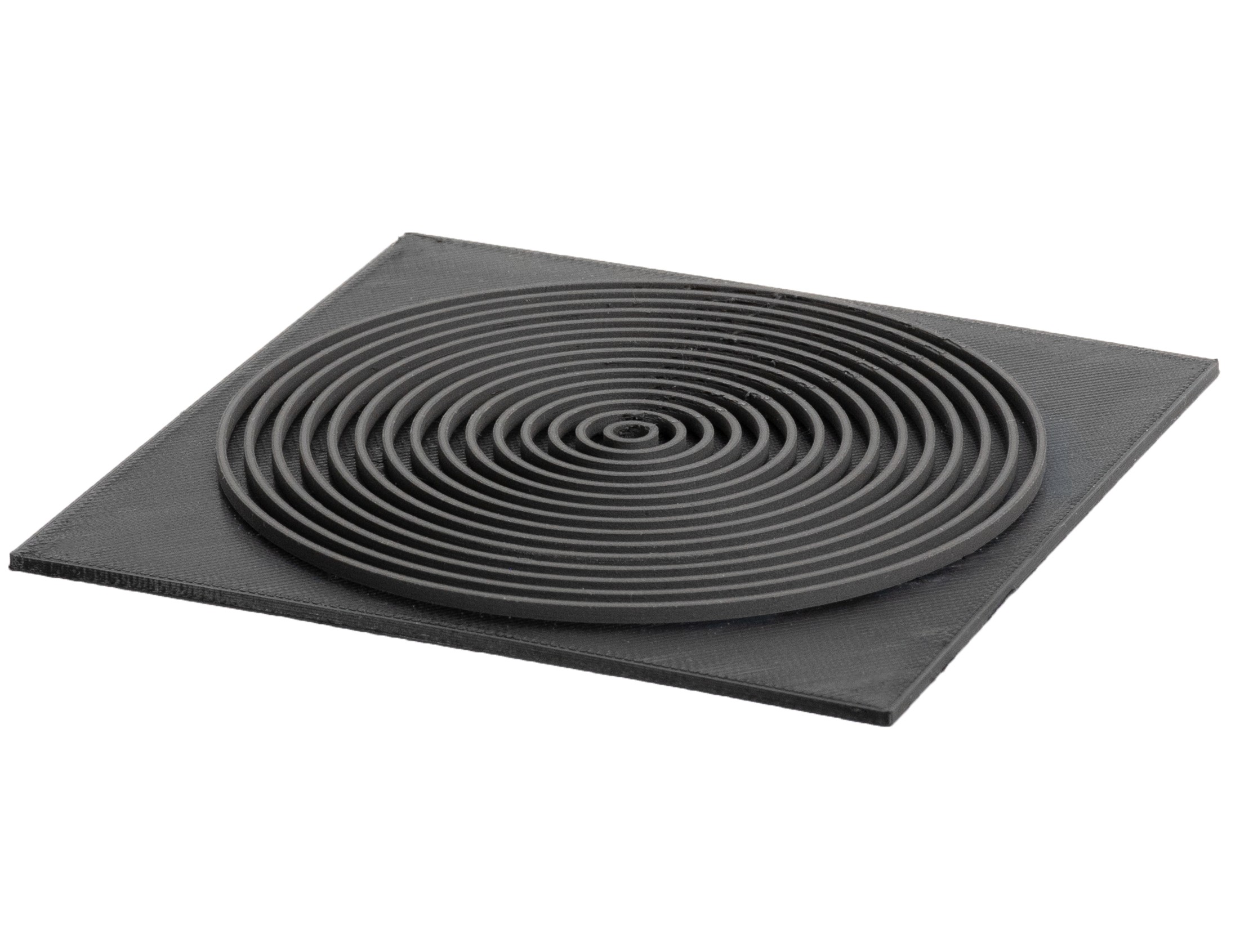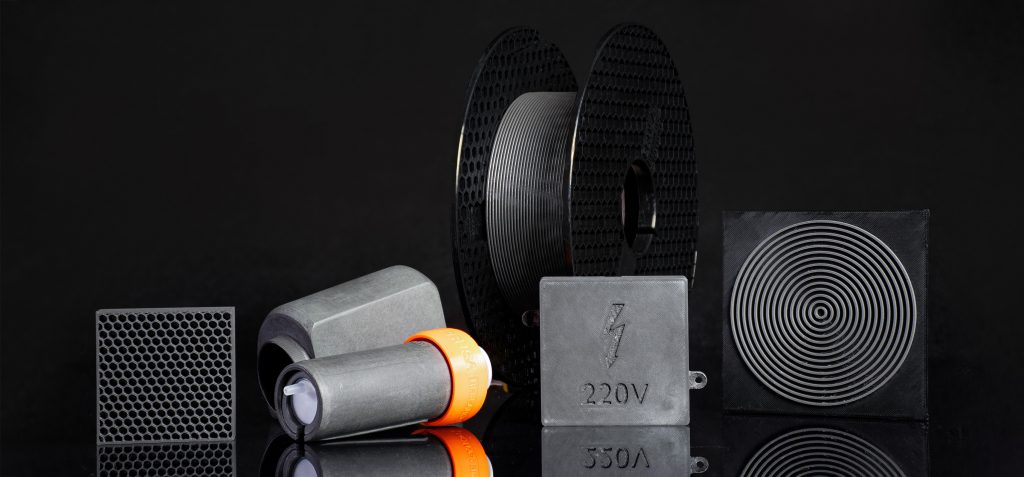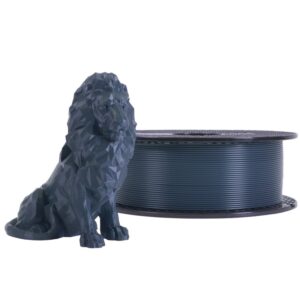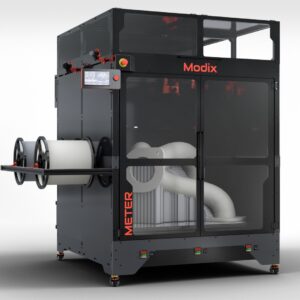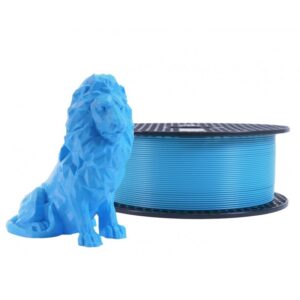Hvorfor PRUSAMENT?
Because of its atomic number, tungsten can be used in various applications as x-rays and gamma-ray radiation-shielding material.
Materials with such high density are generally very difficult to machine, can be very expensive, or even toxic. These materials’ inherent properties make the classic manufacturing methods undesirable. However, bonding the metal powder with polymers suitable for 3D printing provides the potential to create complex/individualized shielding components more easily and sometimes at a reduced cost.
There are a number of areas where radiation shielding filaments may be used. This includes for example the aerospace, nuclear energy industry, non-destructive testing, x-ray imaging devices, etc.
PETG Tungsten 75% material is primarily designed for a very specific group of users, we believe that its development will intrigue everyone in the 3D printing community. This filament has a lot to offer – its non-reactive, hypoallergenic and non-toxic properties make it ideal for various medical applications. Additionally, its high density is perfect for creating complex radiation-shielding components in an easier and faster way compared to conventional methods. Let’s talk about it in more detail.
Tungsten, also known as Wolfram (chemical symbol W, atomic number 74), is one of the heaviest metals in the periodic table. With its density of about 19 grams per cubic centimeter, it is comparable to gold and it is about 1.7 times denser than lead (chemical symbol Pb, atomic number 82). Because of its atomic number, tungsten can be used in various applications as
x-rays and gamma-ray radiation-shielding material. It is a mostly non-reactive element that does not react with water, oxygen, or with room temperature air. Unlike lead, tungsten is hypoallergenic and non-toxic, which makes it perfectly suitable for medical applications.
Materials with such high density are generally very difficult to machine, can be very expensive, or even toxic. These materials’ inherent properties make the classic manufacturing methods undesirable. Additive manufacturing provides the potential to create complex/individualized shielding components more easily and sometimes at a reduced cost.
Radiation shielding and mechanical properties
The Prusament PETG Tungsten 75% is filled with tungsten powder (75 % in mass), thus it obviously does not have the same shielding properties as pure tungsten. We made the following table to clarify the shielding properties of Prusament PETG Tungsten 75% compared to pure lead and tungsten. To understand the table, we need to explain some basic terms used in the radiation shielding industry:
Density (g*cm-3): When considering options for radiation shielding, the most important characteristics are the material’s atomic number and density. Lead and tungsten are the most common materials to shield against x-ray and gamma radiation, that’s why we compare those two (pure) metals with the new Prusament.
Linear attenuation coefficient (µ): This is a constant that describes the fraction of attenuated incident photons in a monoenergetic beam per unit thickness of a material. The higher the linear attenuation coefficient, the greater the substance´s attenuation capacity, representing a more suitable shielding material.
Half-value layer HVL (mm): In radiation shielding characteristics, the half-value layer (HVL) is an important parameter to talk about. It represents the thickness of the material at which the intensity of radiation entering it is reduced by one-half. For the most commonly used gamma-ray energy in nuclear medicine imaging (140 keV, 99mTc) pure lead has an HVL of 0.256 mm, tungsten comes with an HVL of 0.191 mm. In other words: you need less tungsten than lead to get similar shielding results.
| 100% bly | PETG Tungsten 75% | ||
| Density (g*cm-3) | 11.3 | 4.0 | W: 19.3 |
| Linear attenuation coefficient (140 keV, 99mTc) μ (cm-1) |
27.11 | 4.95 | W: 36.23 |
| Half-value layer HVL (mm) | 0.256 | 1.402 | W: 0.191 |
| Multiple of pure W HVL | 1.34 | 7.34 | W: 1.00 |
Print preparation
It is necessary to use a hardened steel nozzle. Tungsten powder is a highly abrasive material and may damage a brass nozzle.
Powder-coated Satin or TXT sheet provides good adhesion. Clean it with IPA (available in drugstores, for example) which works great not only with Prusament PETG Tungsten 75% but with other materials too.
Pour a small amount of IPA on a paper towel and use it for cleaning the surface. To achieve the best results, clean the surface while it’s cold. Keep in mind that higher temperatures will evaporate the alcohol before cleaning the surface. Also, don’t forget that the heatbed preheated for printing Prusament PETG Tungsten 75% has a high temperature (80 °C) and may burn you if you touch it! Another possibility is cleaning the surface with warm water and a few drops of dish cleaner on a paper towel. You can also use denatured alcohol.
We don’t recommend printing with Prusament PETG Tungsten 75% on a smooth PEI sheet. This material adheres greatly to the PEI surface and may cause damage to it. This type of damage is not covered by the warranty. If you need to print on a smooth surface, spread a thin layer of paper glue stick on it.

